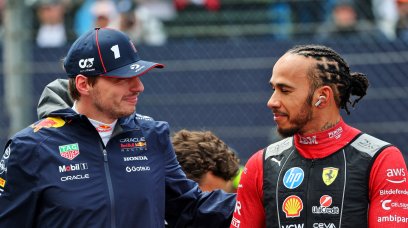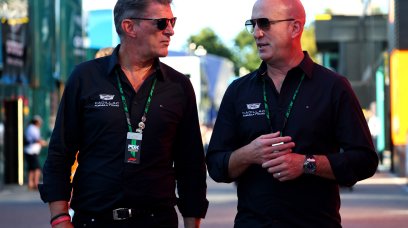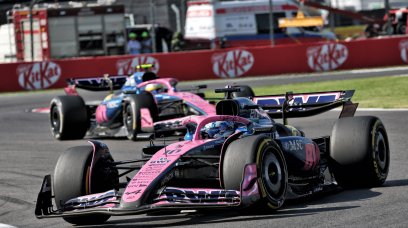The main peculiarity of the Mexico City circuit is the altitude at which it is located. In fact, the venue is 2250 metres above sea level, and this leads to a high rarefaction of the air, which is around 30 percent less dense compared to the air at sea level. The impact is relevant for many aspects, this affects the performance of the engines, the cooling of the power unit, the cooling of the brakes and, last but not least, the aerodynamic loads. The teams, consequently, adopt an aerodynamic configuration which replicates that of Monaco, but these aggressive wing configurations obtain a level of vertical load that is just over half of the downforce levels generated in the Principality. In these conditions, the evaluation of the effectiveness of some solutions is of significant importance.
Ferrari's development opportunities
It is interesting for the Ferrari engineers to evaluate the performance of their new floor, which arrived in Suzuka, in terms of the actual load produced by this new component. In Austin, the performance of the car in practice and in qualifying passed with flying colours. However, in the race, the balance shown was not as effective, revealing an excessive and rapid deterioration of the new tyres after a few laps. From rumours gathered, however, it seems that their current situation is not entirely attributable to a deficit in aerodynamic balance, instead this can be constituted by a more rigid suspension set-up, adopted from mid-season. In practice, since Directive 39 was introduced, it would not be correct to say it directly affected the performance of the Ferrari F1-75, but it may have worsened their tyre management.
The rare potential weakness for Red Bull
So, if it were a suspension problem, it makes even more sense to evaluate the level of effectiveness of the latest aerodynamic evolution. In fact, deciding on the basic aerodynamic concept of the bottom of the next car can rightly be considered a crucial step in defining the detail of the 2023 Ferrari. The boundary conditions described above, linked to the low air density, allow us to evaluate how significant, at a percentage level, is the load generated by the floor of the cars, especially in the second sector of the track, which contains high-speed corners. It is in that section, in fact, where the precision in entering and exiting corners, the travel speed and, last but not least, the traction induced by the downforce are the most important factors in the performance of the car. In short, it is a test bench that all the aerodynamicists know is crucial to exploit for the value of the next project. For Red Bull specifically, the aerodynamic efficiency characteristics of the RB18 are not enhanced by the rarefaction of the air, and neither is the fact that the power unit adopts a turbocharger with a smaller diameter than that of rival engines. This in fact determines a lower power output, or rather, less effectively compensates for the reduced efficiency in terms of combustion. Basically, the Milton Keynes' team could counterbalance these theoretical weaknesses through a specific management of the power delivered by the electrical components of the PU.
Most read








